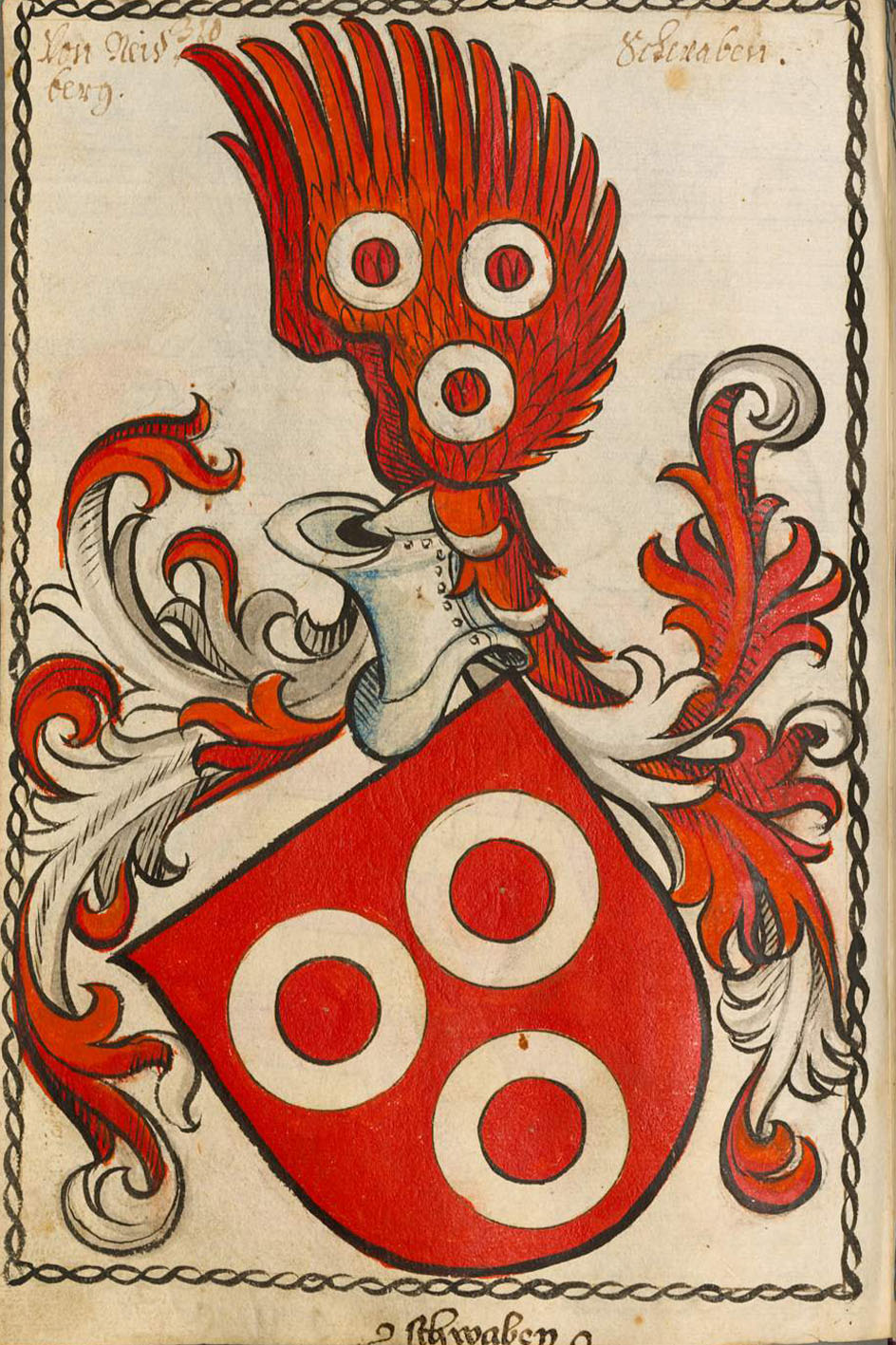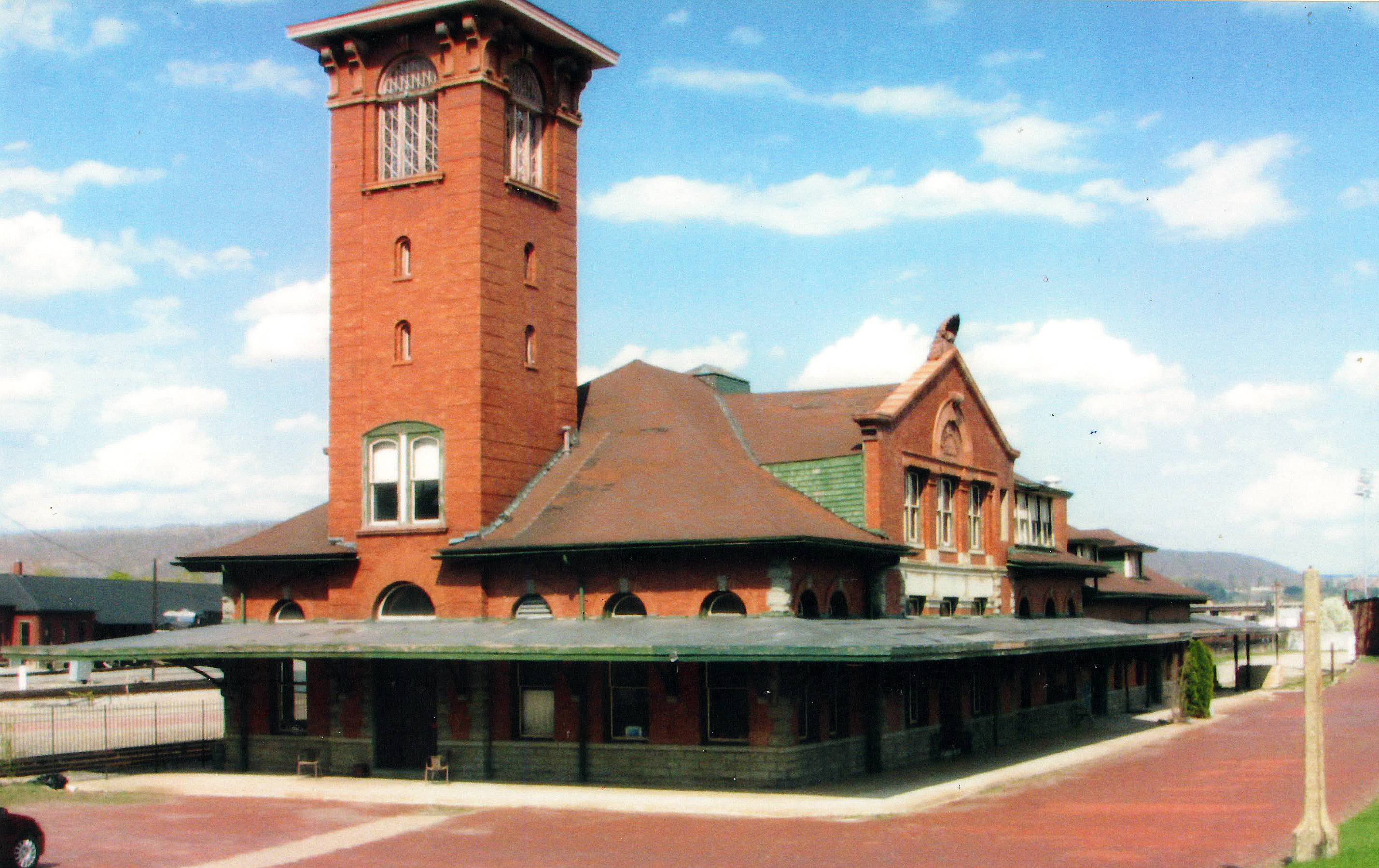|
La Teste-de-Buch
La Teste-de-Buch (; oc, La Tèsta (de Bug) ) is a commune in the Gironde department, Nouvelle-Aquitaine, Southwestern France. It is located on the south shore of Arcachon Bay, lying in the southwestern part of Gironde. It is the largest of four communes that comprise the Communauté d'agglomération Bassin d'Arcachon Sud (COBAS), which coincides with the urban unit (agglomeration) of La Teste-de-Buch-Arcachon, population 67,563 (2018). INSEE It is the eighth-largest commune in in geographical area. La Teste-de-Buch is famous for the Dune du Pi ... [...More Info...] [...Related Items...] OR: [Wikipedia] [Google] [Baidu] |
Communes Of France
The () is a level of administrative division in the French Republic. French are analogous to civil townships and incorporated municipalities in the United States and Canada, ' in Germany, ' in Italy, or ' in Spain. The United Kingdom's equivalent are civil parishes, although some areas, particularly urban areas, are unparished. are based on historical geographic communities or villages and are vested with significant powers to manage the populations and land of the geographic area covered. The are the fourth-level administrative divisions of France. vary widely in size and area, from large sprawling cities with millions of inhabitants like Paris, to small hamlets with only a handful of inhabitants. typically are based on pre-existing villages and facilitate local governance. All have names, but not all named geographic areas or groups of people residing together are ( or ), the difference residing in the lack of administrative powers. Except for the municipal arrondi ... [...More Info...] [...Related Items...] OR: [Wikipedia] [Google] [Baidu] |
Sanguinet
Sanguinet (; ''Sanguinet'' in Occitan) is a commune in the Landes department in Nouvelle-Aquitaine in southwestern France. It is situated next to Étang de Cazaux et de Sanguinet. Geography The commune is situated in the north of the department of Landes. The river Gorgue passes through the village and this river is the source of the lake. It would have originally flowed into the Atlantic Ocean, but the mouth of the river was blocked over the centuries by sand dunes on the coast and thus creating the lake and many others along Landes' Atlantic Coast. The lake has covered previous sitings of a town many centuries ago. Population Twin Town Sanguinet is twinned with the town of Neyland in Pembrokeshire, Wales. See also *Communes of the Landes department The following is a list of the 327 communes of the Landes department of France. The communes cooperate in the following intercommunalities (as of 2020): [...More Info...] [...Related Items...] OR: [Wikipedia] [Google] [Baidu] |
Schwaigern
Schwaigern () is a town in the district of Heilbronn, Baden-Württemberg, Germany. It is situated 12 km west of Heilbronn. Geography Neighbouring municipalities The neighbouring towns and municipalities of Schwaigern (clockwise) are: Leingarten, Nordheim (Württemberg), Brackenheim, Eppingen, Gemmingen and Massenbachhausen (all in the district of Heilbronn). Town structure Schwaigern consists of Schwaigern itself and its districts Massenbach, Stetten am Heuchelberg and Niederhofen. Schwaigern has approximately 11,000 inhabitants. History Finds of the Neolithic era and during the Roman period show an early settlement of this area. The town was first mentioned in writing in the Lorsch codex of 766. Bertilo, Lord of Schwaigern, is first mentioned in 1120. The construction of a church is proved in the 13th century. Bertilo's descendants took on the name "Lords of Neipperg" in 1241, after their castle of Neipperg near Brackenheim. In 1407 they also acquired the Lordship of K ... [...More Info...] [...Related Items...] OR: [Wikipedia] [Google] [Baidu] |
United States
The United States of America (U.S.A. or USA), commonly known as the United States (U.S. or US) or America, is a country primarily located in North America. It consists of 50 states, a federal district, five major unincorporated territories, nine Minor Outlying Islands, and 326 Indian reservations. The United States is also in free association with three Pacific Island sovereign states: the Federated States of Micronesia, the Marshall Islands, and the Republic of Palau. It is the world's third-largest country by both land and total area. It shares land borders with Canada to its north and with Mexico to its south and has maritime borders with the Bahamas, Cuba, Russia, and other nations. With a population of over 333 million, it is the most populous country in the Americas and the third most populous in the world. The national capital of the United States is Washington, D.C. and its most populous city and principal financial center is New York City. Paleo-Americ ... [...More Info...] [...Related Items...] OR: [Wikipedia] [Google] [Baidu] |
Binghamton, New York
Binghamton () is a city in the U.S. state of New York, and serves as the county seat of Broome County. Surrounded by rolling hills, it lies in the state's Southern Tier region near the Pennsylvania border, in a bowl-shaped valley at the confluence of the Susquehanna and Chenango Rivers. Binghamton is the principal city and cultural center of the Binghamton metropolitan area (also known as Greater Binghamton, or historically the Triple Cities, including Endicott and Johnson City), home to a quarter million people. The city's population, according to the 2020 census, is 47,969. From the days of the railroad, Binghamton was a transportation crossroads and a manufacturing center, and has been known at different times for the production of cigars, shoes, and computers. IBM was founded nearby, and the flight simulator was invented in the city, leading to a notable concentration of electronics- and defense-oriented firms. This sustained economic prosperity earned Binghamton the mon ... [...More Info...] [...Related Items...] OR: [Wikipedia] [Google] [Baidu] |
Météo France , a Canadian Quebec French-language television series
{{dab ...
Météo may refer to: *Weather in French * Météo-France, the French national meteorological service * MétéoMédia, a 24-hour Canadian French-language cable television specialty channel and web site * Météo Suisse, officially the Federal Office of Meteorology and Climatology, an office of the federal administration of Switzerland * Météo+, a Canadian television sitcom * Miss Météo ''Miss Météo'' is a Canadian Quebec French-language television series that airs on Séries+. It is a 30 minute adaptation of the Quebec French language film ''Miss Météo''. The same actors are used in the TV series as were used in the film. ... [...More Info...] [...Related Items...] OR: [Wikipedia] [Google] [Baidu] |
Warm-summer Mediterranean Climate
A Mediterranean climate (also called a dry summer temperate climate ''Cs'') is a temperate climate sub-type, generally characterized by warm, dry summers and mild, fairly wet winters; these weather conditions are typically experienced in the majority of Mediterranean-climate regions and countries, but remain highly dependent on proximity to the ocean, altitude and geographical location. This climate type's name is in reference to the coastal regions of the Mediterranean Sea within the Mediterranean Basin, where this climate type is most prevalent. The "original" Mediterranean zone is a massive area, its western region beginning with the Iberian Peninsula in southwestern Europe and coastal regions of northern Morocco, extending eastwards across southern Europe, the Balkans, and coastal Northern Africa, before reaching a dead-end at the Levant region's coastline. Mediterranean climate zones are typically located along the western coasts of landmasses, between roughly 30 and 4 ... [...More Info...] [...Related Items...] OR: [Wikipedia] [Google] [Baidu] |
Köppen Climate Classification
The Köppen climate classification is one of the most widely used climate classification systems. It was first published by German-Russian climatologist Wladimir Köppen (1846–1940) in 1884, with several later modifications by Köppen, notably in 1918 and 1936. Later, the climatologist Rudolf Geiger (1894–1981) introduced some changes to the classification system, which is thus sometimes called the Köppen–Geiger climate classification system. The Köppen climate classification divides climates into five main climate groups, with each group being divided based on seasonal precipitation and temperature patterns. The five main groups are ''A'' (tropical), ''B'' (arid), ''C'' (temperate), ''D'' (continental), and ''E'' (polar). Each group and subgroup is represented by a letter. All climates are assigned a main group (the first letter). All climates except for those in the ''E'' group are assigned a seasonal precipitation subgroup (the second letter). For example, ''Af'' indi ... [...More Info...] [...Related Items...] OR: [Wikipedia] [Google] [Baidu] |
Oceanic Climate
An oceanic climate, also known as a marine climate, is the humid temperate climate sub-type in Köppen classification ''Cfb'', typical of west coasts in higher middle latitudes of continents, generally featuring cool summers and mild winters (for their latitude), with a relatively narrow annual temperature range and few extremes of temperature. Oceanic climates can be found in both hemispheres generally between 45 and 63 latitude, most notably in northwestern Europe, northwestern America, as well as New Zealand. Precipitation Locations with oceanic climates tend to feature frequent cloudy conditions with precipitation, low hanging clouds, and frequent fronts and storms. Thunderstorms are normally few, since strong daytime heating and hot and cold air masses meet infrequently in the region. In most areas with an oceanic climate, precipitation comes in the form of rain for the majority of the year. However, some areas with this climate see some snowfall annually during winter. M ... [...More Info...] [...Related Items...] OR: [Wikipedia] [Google] [Baidu] |
Lafayette Escadrille
The La Fayette Escadrille (french: Escadrille de La Fayette) was the name of the French Air Force unit escadrille N 124 during the First World War (1914–1918). This escadrille of the ''Aéronautique Militaire'' was composed largely of American volunteer pilots flying fighters. It was named in honor of the Marquis de Lafayette, French hero of the American Revolutionary War. In September 1917, the escadrille was transferred to the US Army under the designation 103rd Aero Squadron. In 1921, The French Air Force recreated a N124 unit who claimed lineage from the war-time La Fayette escadrille and is now part of the escadron 2/4 La Fayette. History Dr. Edmund L. Gros, a founder of the American Hospital of Paris and organizer of the American Ambulance Field Service, and Norman Prince, a Harvard-educated lawyer and an American expatriate already flying for France, led the attempts to persuade the French government of the value of a volunteer American air unit fighting fo ... [...More Info...] [...Related Items...] OR: [Wikipedia] [Google] [Baidu] |
Landes (department)
Landes (; oc, label= Gascon and Occitan, Lanas ; eu, Landak) is a department in the Nouvelle-Aquitaine region, Southwestern France, with a long coastline on the Atlantic Ocean to the west. It borders Gers to the east, Pyrénées-Atlantiques, to the south, Lot-et-Garonne to the north-east, and Gironde to the north. It also borders the Atlantic Ocean to the west. Located on the Atlantic coast, it had a population of 413,690 as of 2019.Populations légales 2019: 40 Landes INSEE Its is . The department is the seco ... [...More Info...] [...Related Items...] OR: [Wikipedia] [Google] [Baidu] |




